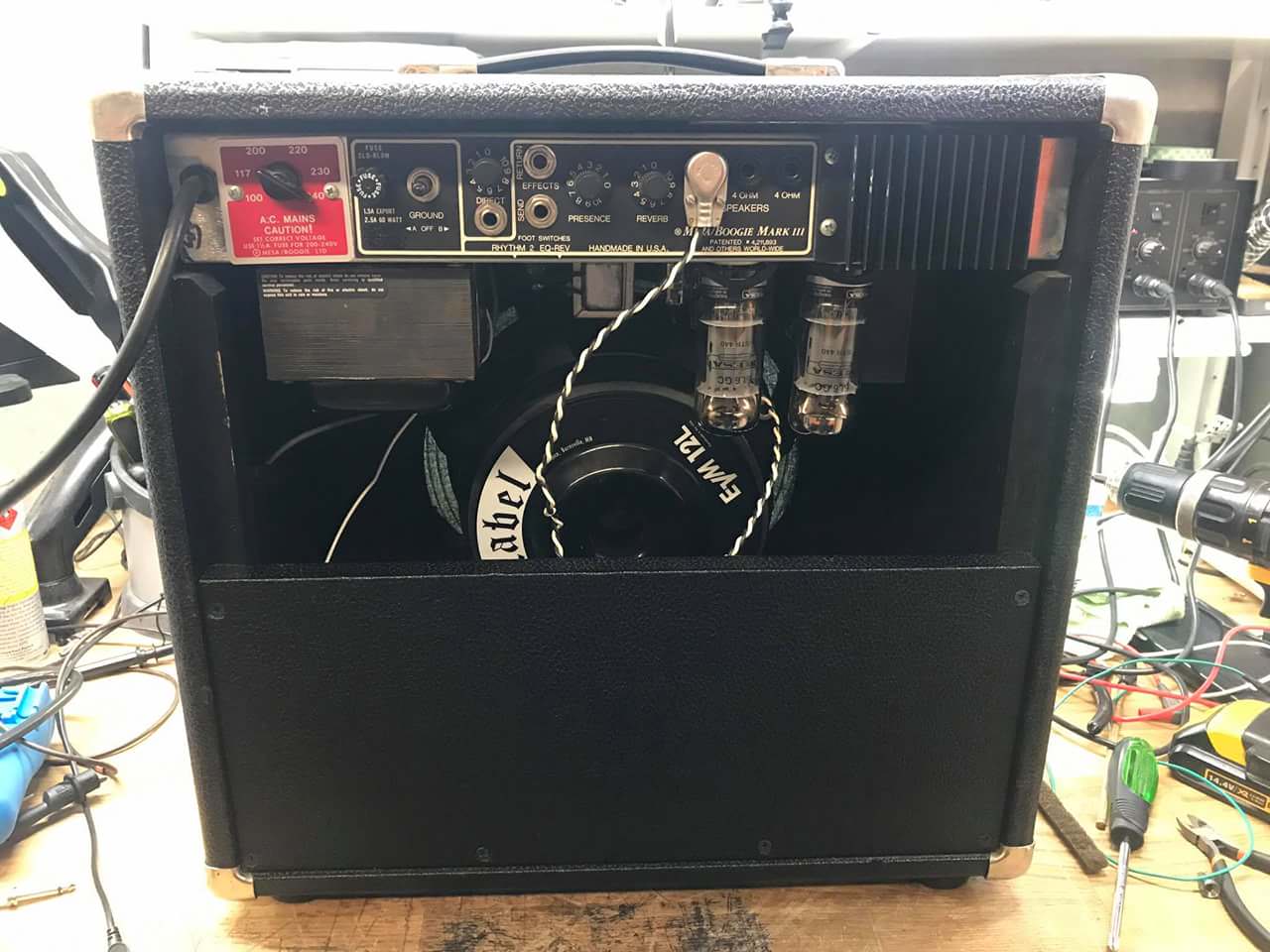I've been running my MKIII Blue Stripe Combo at gigs for over a month now. The first few gigs I was turning it off between sets but the last few I've left it on for the whole gig.
I noticed that in the third set my tone got a bit muddy and I wasn't cutting through and my volume was lower on the lead channel.
I suspect heat is causing this but has anyone else had similar issues? If so how did you resolve it?
I noticed that in the third set my tone got a bit muddy and I wasn't cutting through and my volume was lower on the lead channel.
I suspect heat is causing this but has anyone else had similar issues? If so how did you resolve it?






















